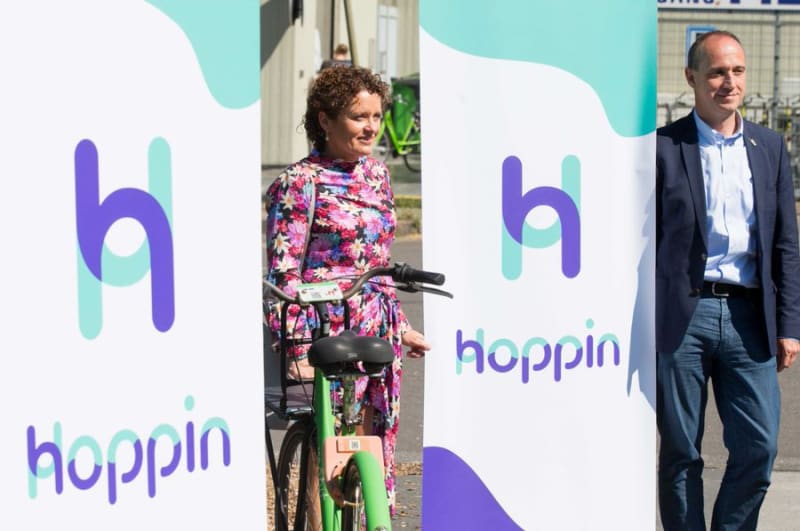The introduction of the second phase of the new network is the largest network adjustment in the history of De Lijn.
The ambitious overhaul of the Flemish public transport network, initiated by De Lijn, reached a new milestone with what it says is the successful rollout of phase 2 in early 2024. This phase marks an important step towards a more efficient, responsive and user-friendly system that provides an answer to today's mobility challenges. With 89% of the new network already visible on site, the first weeks after implementation show encouraging signs of passenger growth and an increase in satisfaction, despite the gigantic size of the operation, considered the largest network adjustment in De Lijn's history.
The strategic focus is on improving connectivity and offering flexible transport options, as illustrated by the introduction of the Flex buses. This new service, which embodies a responsive approach to public transport, has already experienced a significant increase in usage. This is an indication of the shift towards a demand-driven model, a core component of the Flemish vision on mobility, called Hoppin, which aims to simplify the transport choice for the end user.
De response from the public on the new services and adjustments is significant. Within the first 2,5 months of 2024, a notable increase in traveler numbers has been observed, with rates ranging from 2% in January to 11% in February and 7% for the first half of March. This success is the result of careful planning and close cooperation with local authorities and the transport regional council. De Lijn's operational flexibility, which has made more than 347 adjustments since the start of phase 2, plays a crucial role in refining the network to meet the dynamic needs of the community.

Phase 1 of the new network will start on July 2024, 3. This is a rather small phase, which is largely limited to the transport regions of Vlaamse Rand, Leuven, Ghent and Mechelen. De Lijn will communicate about this change to travelers from mid-May.
Furthermore, the implementation of Hoppin points is another important aspect of the pursuit of an integrated transport system. These points, which now have more than 488 locations, act as junctions where different modes of transport come together. The commitment to these points, in combination with the subsidization of shared mobility projects by the Flemish government, emphasizes the commitment to combined mobility - a concept that forms the basis for future mobility in Flanders.
The next phase of the new network, which will start on July 1, 2024, promises further expansions and refinements, with an emphasis on transport regions such as the Flemish Rand, Leuven, Ghent and Mechelen. This phase, although smaller in scale, is crucial to realizing the full potential of the new network.



